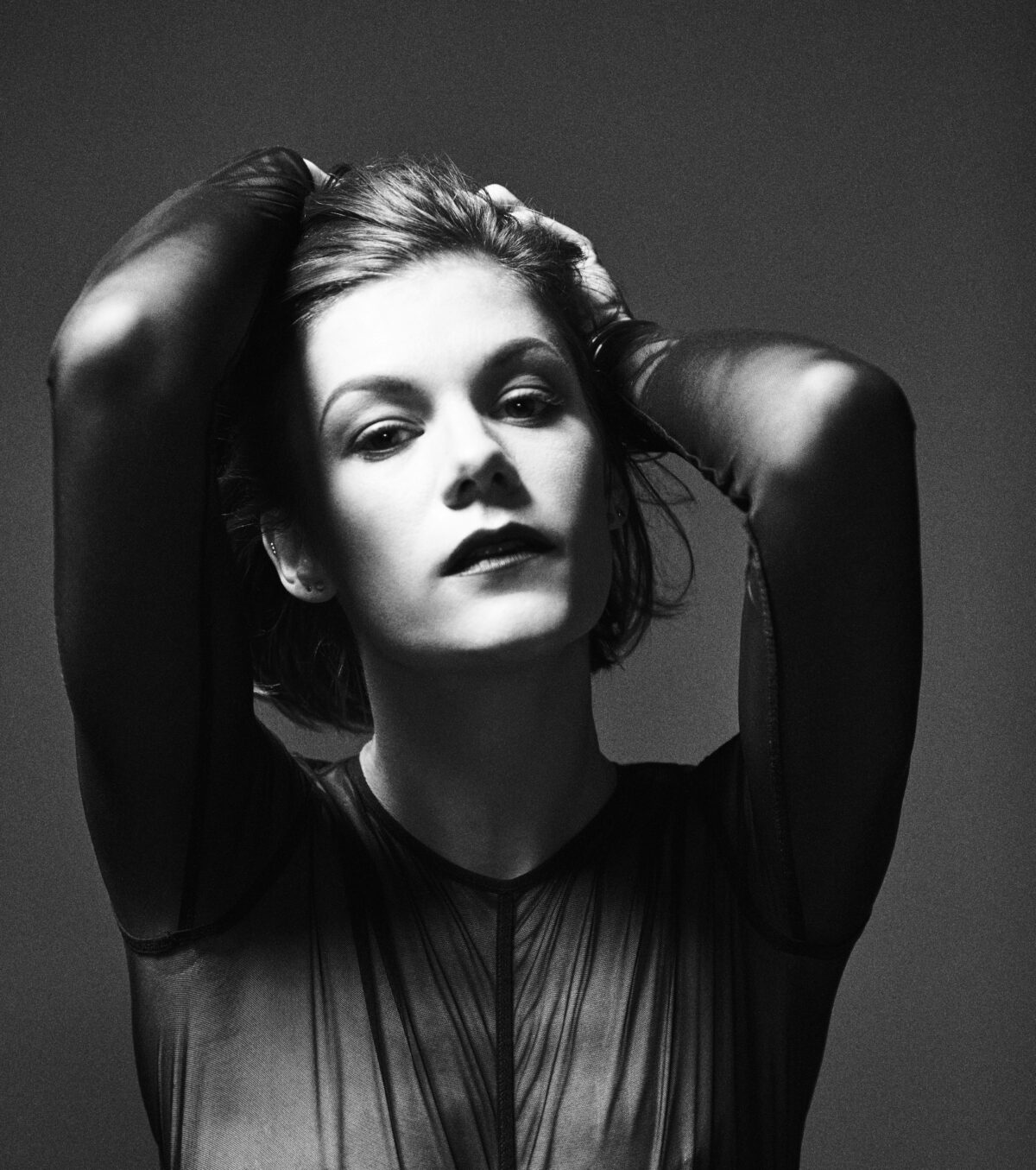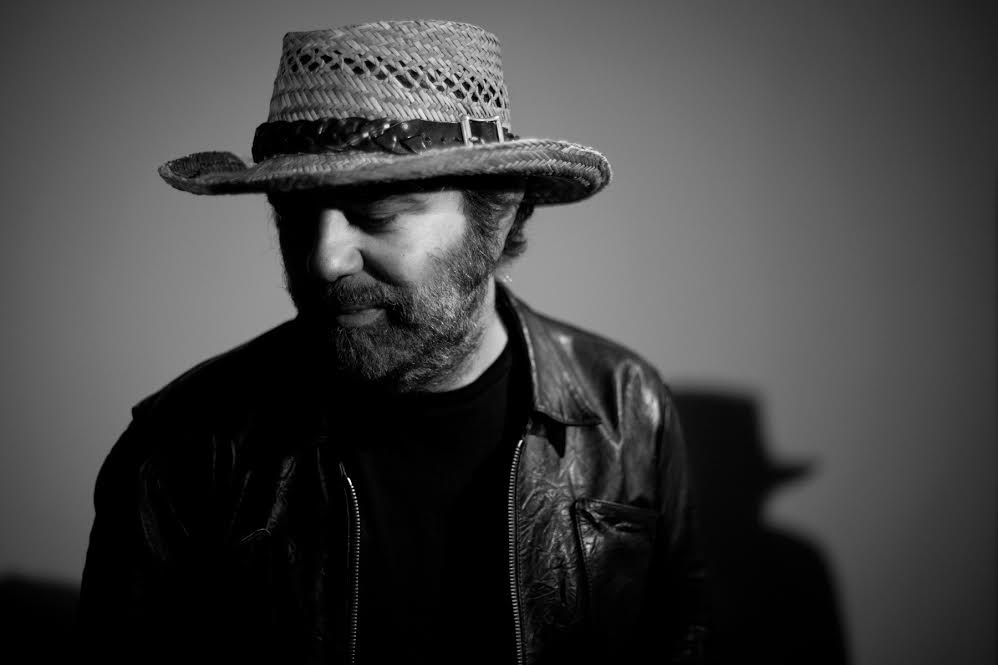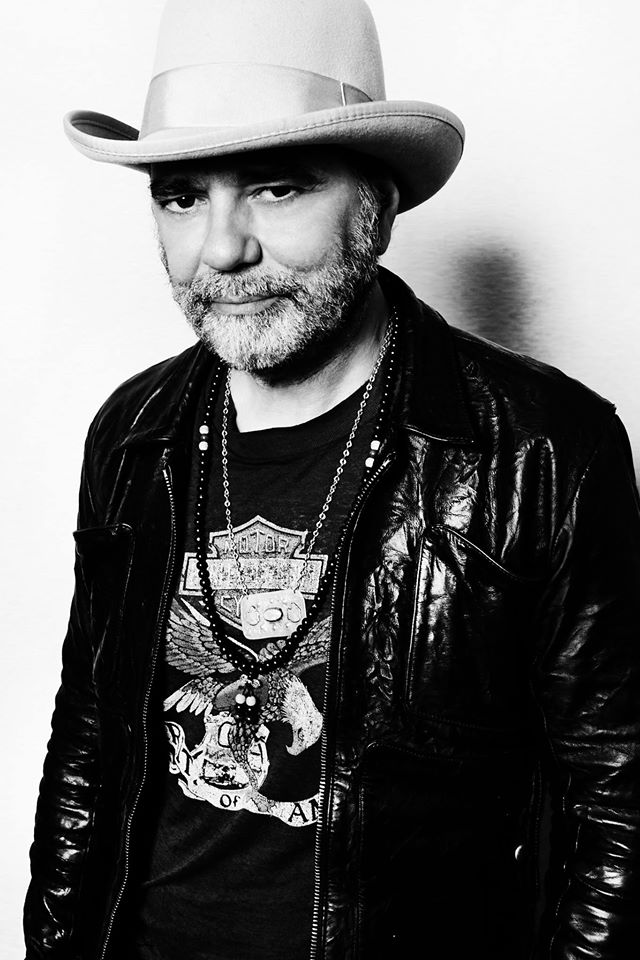LPR + WFUV Present at Park Church Co-op:
Feb
14
with Daniel Lanois & Indigo Street
Wed February 14th, 2018
9:00PM
Park Church Co-op
Minimum Age: All Ages
Doors Open: 8:00PM
Show Time: 9:00PM
Event Ticket: $20
Day of Show: $25
Advance tickets are now sold out for this performance. A limited number of tickets will be available for purchase at the door at Park Church Co-op once doors open at 8pm.
This is a general admission event at Park Church Co-op: 129 Russell St, Brooklyn, NY 11222
3
Trixie Whitley

From a very young age, Trixie Whitley nurtured a singular creative spirit, springing from her restless inner directive. At the age of three, she made her onstage debut alongside her father, the internationally acclaimed singer-songwriter Chris Whitley. Never resting on her lineage, Trixie set out to craft a unique personal and artistic identity. She started playing drums when she was 10, at age 11, she became the youngest resident DJ in Belgium spinning underground electronica, free jazz, ambient instrumentals, and hip-hop at raves and modern art museums. And by her early teens she was touring with several avant-garde theater and dance collectives throughout Europe (including Les Ballets C de la B, with Sidi Larbi Cherkaoui & Damien Jalet)
Throughout all of this, she developed an affinity for punk rock’s nonconformist and D.I.Y. ethics that permeated her fearless genre-bending and daring life choices. After a nomadic transatlantic existence, growing up between New York and Belgium, she quit high school at age 17 and took a job slinging burgers at a NY dive while steadily advancing her music career. One of her early efforts impressed the iconic producer Daniel Lanois (Bob Dylan, Neil Young, Emmylou Harris). He enlisted her to front his own band, Black Dub, with modern jazz drummer Brian Blade and legendary New Orleans bassist Daryl Johnson.
Since 2013, Trixie has emerged as a compelling solo artist with three EPs, and three full-length albums in her catalog. “Fourth Corner”, her full-length debut, co-produced by Thomas Bartlett (The National, Sufjan Stevens, Anna Calvi) and engineer/producer Pat Dillett (David Byrne, St Vincent, The Notorious B.I.G) garnered acclaim from MOJO, Interview, ELLE, Vogue, Relix, The Village Voice, NPR and The New York Times, among many other publications. The album went gold in Belgium in its first week of sales, and earned her a MIA (Belgian music industry award) for Best female solo artist. With this debut album she toured throughout North America, Europe, Japan and Australia.
Her second album “Porta Bohemica” was released worldwide on Feb 5th 2016 to critical reviews and has already won her the award for best writer/arranger at the 2016 MIA awards. This release represented an introspective expedition into the depths of her creative identity. Written mostly in Mexico or while on the road, Porta Bohemica was recorded throughout a journey from New York to Tennessee to Los Angeles to Europe, which also lends to a particular variety of influences at the intersection of each moment and any given surrounding. Porta Bohemica cribs its name from a defunct European railroad: its songs wind through landscapes of absolute subconscious that she learned to trust by largely self-producing the album with contributions from Gus Seyffert (Beck, The Black Keys) and Joey Waronker (Atoms for peace, Roger Waters) .
2019 was marked by the release of her third full album ‘Lacuna’. Created in conjunction with Run The Jewels producer Little Shalimar, this record sees Trixie pulling from her early R&B influences with a fascinating, heady blend of hi-fi electronic sounds, hypnotic rhythms, her trademark vocals and gut punching lyrics. A year later Whitley released ‘Lacuna (Re-Imagined)’ which included raw versions of the same songs performed live in her Brooklyn apartment, accompanied by string arrangements by friends Emily Wells and Topu Lyo, with horn & woodwinds by Stuart Bogie
Renown choreographer, theater and film director Wim Vandekeybus / Ultima Vez invited Trixie Whitley to create the sound track for two mixed media productions TrapTown and TRACES. In TrapTown, Trixie also took on the role of Themis, one of the leading roles in the movie within the live performance. During their collaboration they sought out forms of storytelling that unfolds beyond familiar language and can only be told in the pulses of dance and music.
With Eric San a.k.a. Kid Koala, she collaborated on ‘Music To Draw To: Io’, a 70-minute-long ambient album that taps into the myth of Io. Billboard recently premiered their first joint track ‘All For You’ here.
“We spoke briefly about the narrative of the album before recording,” San recalls. “She was able to make each of the song’s characters her own, giving them a voice to a level that surpassed anything I could have ever imagined. Her singing can be sweet and nurturing, bold and powerful, or chilling and sinister, but it’s always Trixie Whitley. The emotional range she achieves on these tracks is just awe inspiring to me.“
Driven by an innate curiosity and a desire to explore and experiment, Trixie frequently collaborates with other artists. She has performed and recorded with Robert Plant, Marianne Faithful, Meshell Ndegeocello, Daniel Lanois, Brian Blade, Daryl Johnson, Emmylou Harris, Marc Ribot, Joe Henry, Bill Frisell, Kenny Wollesen, Sam Cohen, Antibalas, Yuka Honda, Nels Cline, Mark Kelley, Joey Waronker, Mark Guiliana, Sam Amidon, Shahzad Ismaily, Chris Vatalaro and many more.
Daniel Lanois

The cover art to Flesh And Machine – the new album by gifted musician, renowned producer and ambient pioneer DANIEL LANOIS – contains a curious image: a baby with cybernetic antennae. The child represents LANOIS himself. He explains: “The cover shows a boy who is looking for something that’s never been heard before. He’s my little seeker, he represents the bit of me that’s always in the laboratory experimenting, looking for new sounds and sensations.”
But the image is apt in another way. Flesh And Machine, his third album for ANTI-, represents nothing short of a total artistic rebirth. LANOIS has been involved in playing, recording and producing music for four decades now. In that time he helped push the ambient genre forward into celestial new territory as Brian Eno’s foremost protégé; he has recorded landmark albums for U2 and Peter Gabriel and has helped to revitalize the sonic dimensions of Bob Dylan and Neil Young. But this marks the first time he has truly deployed every sonic weapon in his arsenal in hopes that it may reach the position of headphone album of the year.
LANOIS has a refreshingly optimistic attitude toward his craft and the creative potential it still holds: “I’m always heading for the future and I’m always hoping I’m going to find the next dimension of sound. It’s my job to raise the spirit of sound. I’ve been able to do it a number of times in the past on other people’s records. Well, it’s still my job today to raise that spirit of sound and I’d like to think that I’ve done it on this record.”
Flesh And Machine was initially conceived as an ambient album, and tracks such as ‘Forest City’ take the classic Brian Eno albums that he worked on (“Ambient 4: On Land” (1982) and “Apollo: Atmospheres And Soundtracks”(1983) as a wonderful bedrock to stand on to see the sonic future. His guitar is processed to the point where it is no longer possible to tell what the source instrument is. The album bristles with new ideas. The softly spoken Canadian spent countless hours processing an array of source sounds – steel and electric guitars, piano and human voice – to create the sound palette that is Flesh and Machine.
Talking about the track ‘Sioux Lookout’ he says: “It is meant to be a native chant or a cry for all living things. I wanted to mix the sound of humans with the sound of animals. But they’re not animal sounds really – I’ve created all of these sounds myself but that’s kind of my aim, you can’t actually tell where these sounds came from. I got to this place of mysterious sounds and invented a new sonic language.”
He continues: “The track ‘Two Bushas’ is very symphonic and it almost sounds like someone is conducting it but the tones and textures can’t be pinpointed. You wouldn’t say, ‘Oh, yeah, that’s a flute and that’s a cello.’ The result is a symphonic one and it appeals to that part of us that responds to orchestral music but with sounds we’re not used to hearing. On a good day, if I’m feeling big-headed, I like to think that I’m taking symphonics to the future.”
One of the many standout tracks on the record is called simply ‘The End’ and is supposed to represent “a final protest song, the closing of a chapter or the burning down of an edifice and the rising of a phoenix. It’s hellfire, avalanche, collapse and tsunami: The End essentially!” He continues: “If you’re expecting nothing but ambient music you’ll be surprised… ‘The End’ is not meant to be peaceful and textural by any means. I think it has a lot of rebellion in it. I’m on guitar and Brian Blade is on drums and then everything else is processing. Brian and I have played together for a long time. Years ago I was taking a walk in New Orleans with Iggy Pop and we heard this amazing drumming coming out of this cafe. So we went inside and there he was… young Brian Blade ripping it up on the drums. And I’ve been working with him ever since; he’s one of the greatest human beings I know.”
The stunning polyphony and cascades of ultra-pointilistic sound on this track all come from two humble sources: guitar and drums which are then sampled, sliver by tiny sliver, processed and placed carefully back into the track. All of these countless samples, no matter how radically they are changed, have to be placed back into their surroundings in a harmonically correct manner, so his process is not only highly technical but compositionally very astute as well. His method is so dazzling in places that sometimes sounds as if Burial, Amon Tobin, Prefuse 73 or Four Tet were producing a modern fusion LP. However, these effects were achieved by a personal evolution which was perhaps in some ways parallel but far, far removed as LANOIS is blissfully unaware of who any of these producers are…
He playfully doffs his cap to both his mentor Brian Eno and the intensely productive period they worked together in the 1980s on the track ‘My First Love’. Keen-eared listeners might recognize the beautiful celestial tone on the track: “I used the same Suzuki Omnichord on ‘My First Love’ as we used on ‘Deep Blue Day’ – the track from “Apollo…”which was used in “Trainspotting” during the infamous toilet bowl scene…” Talking about what he learned from Eno he says: “Above any particular technique, I learned to be devoted to a direction. And I made a pact to myself after working with him that I would never do anything musically that I didn’t want to do again – which was a real turning point for me.”
This spirit of artistic restlessness is something that he still feels fully today, some thirty years later. He has already prepared songs from Flesh And Machine to be performed live by a trio including himself, where both the playing of instruments and the sampling, dubbing and processing will happen in real time on stage: Our crescendos and our risings very much belong to the night, never to be played the same way again.”
DANIEL LANOIS is still raising that spirit of music and still opening up doors to the unknown.
Indigo Street



